Effective Waterproofing Timing Strategies
Waterproofing is a critical process to prevent water intrusion and protect structures from moisture damage. Proper timing ensures the effectiveness and longevity of waterproofing measures, reducing the risk of costly repairs and structural issues.
Applied before building begins to protect foundations and underground structures from water ingress during construction.
Performed after a structure is built to address existing vulnerabilities and prevent future water damage.
Optimal during dry seasons with mild temperatures to ensure proper application and curing of waterproofing materials.
Best done during initial construction or when foundation cracks are identified to prevent seepage.

Applying waterproof membranes on building foundations.

Waterproof coatings on roofs during optimal weather conditions.

Waterproofing basement walls before backfilling.
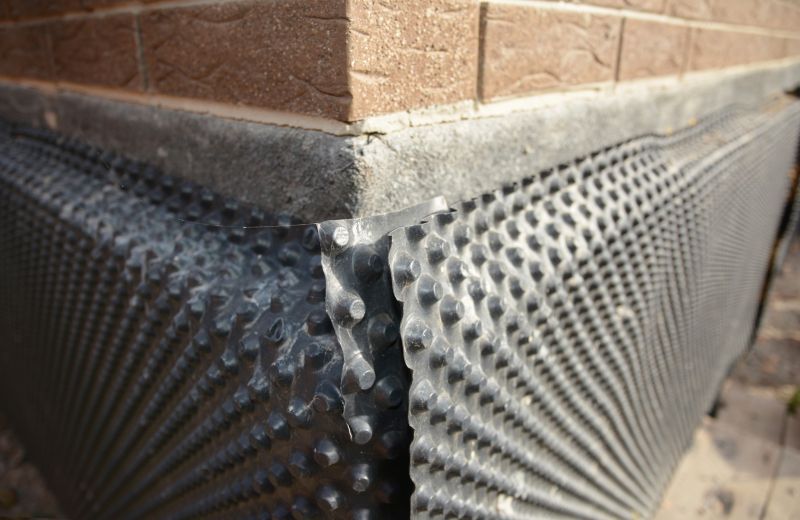
Ways to make Waterproofings work in tight or awkward layouts.
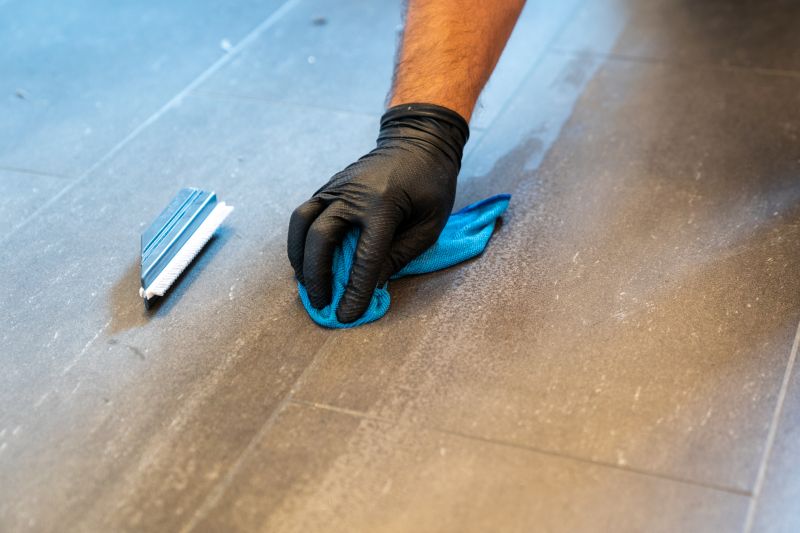
Popular materials for Waterproofings and why they hold up over time.
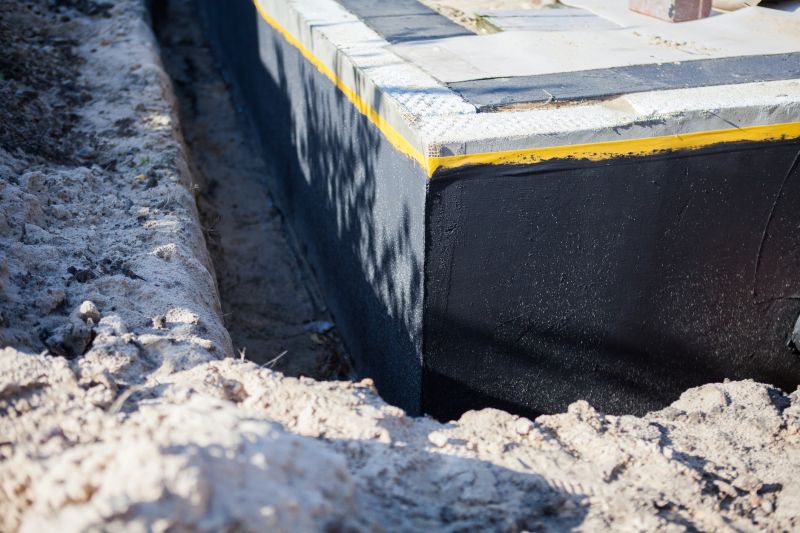
Simple add-ons that improve Waterproofings without blowing the budget.
| Best Time for Waterproofings | Key Considerations |
|---|---|
| Spring | Ideal for exterior applications due to mild weather and low precipitation. |
| Summer | Suitable for roof waterproofing with dry conditions, but avoid peak heat. |
| Fall | Good for foundation waterproofing before winter, avoiding freeze-thaw cycles. |
| Winter | Generally not recommended due to cold temperatures and moisture issues. |
Waterproofing involves applying various materials such as membranes, coatings, and sealants to prevent water penetration. It is essential for protecting foundations, roofs, basements, and other critical parts of a structure. Properly timed waterproofing can extend the lifespan of a building and reduce maintenance costs. Statistics indicate that waterproofing failures account for a significant percentage of structural repairs, emphasizing the importance of scheduling these services during optimal seasons.

Installing membranes on building exteriors.

Applying sealants around joints and cracks.

Applying waterproof coatings inside basements.
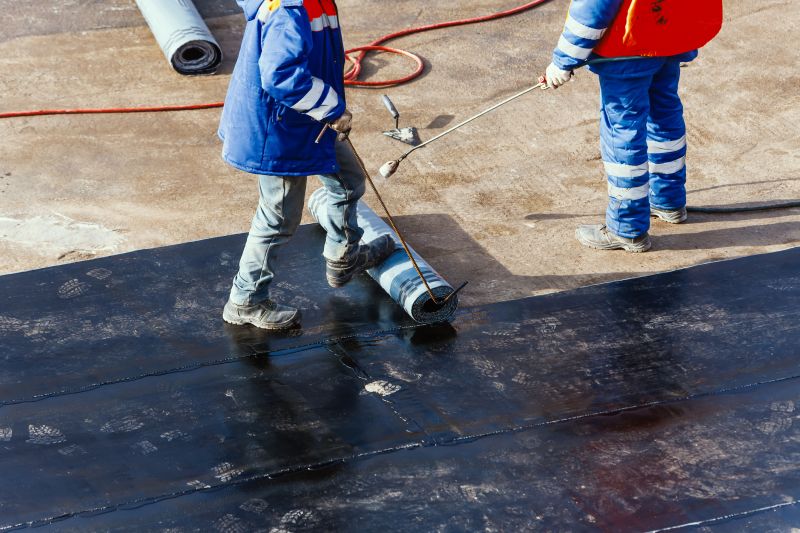
Waterproofing roofs during dry weather periods.
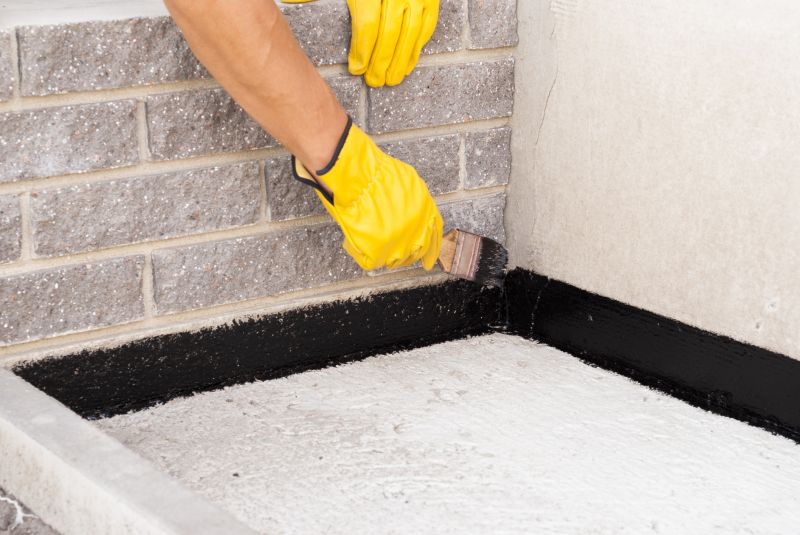
High-end options that actually feel worth it for Waterproofings.
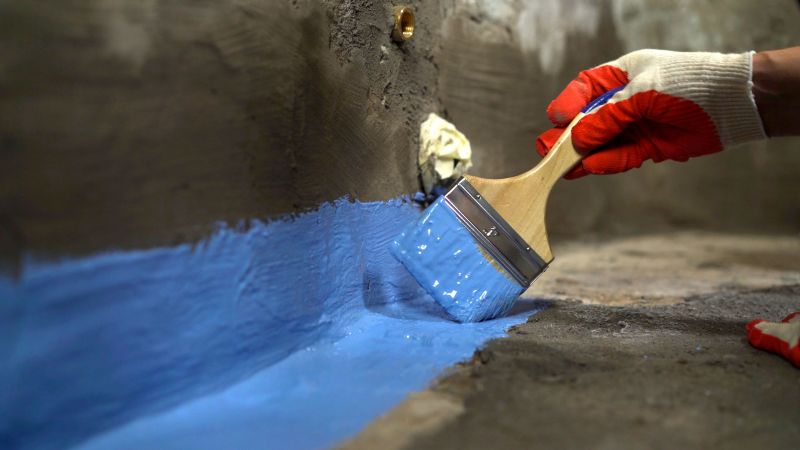
Finishes and colors that play nicely with Waterproofings.
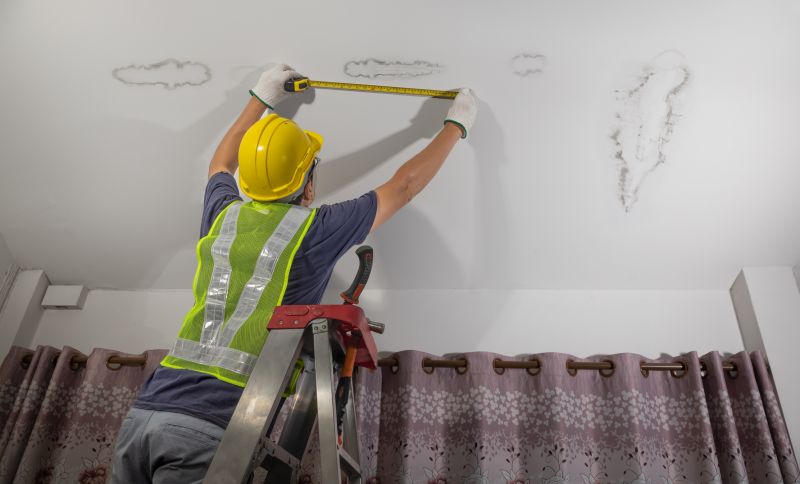
Little measurements that prevent headaches on Waterproofings day.
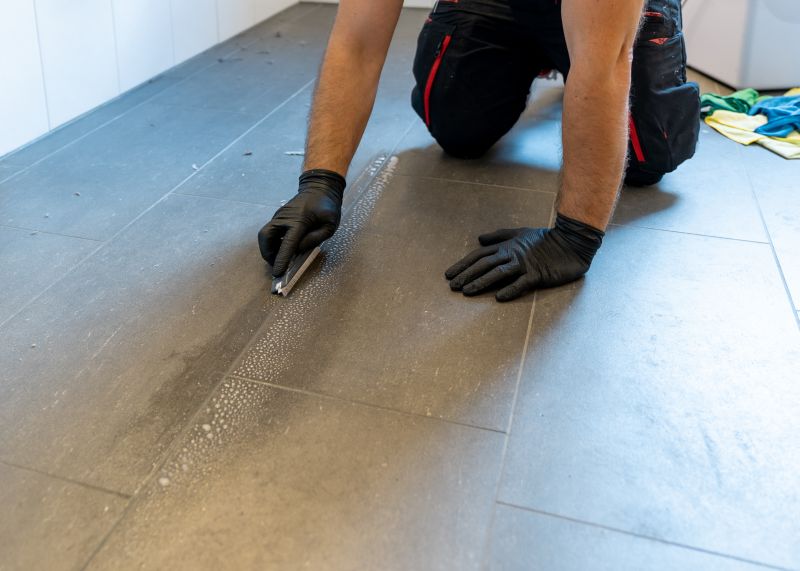
A 60-second routine that keeps Waterproofings looking new.
Choosing the right time for waterproofing depends on local climate conditions and the specific area of application. Scheduling during dry, mild weather ensures optimal adhesion and curing, which is crucial for long-term effectiveness. Regular inspections and timely waterproofing can prevent water-related damages, including mold growth, structural weakening, and interior damage.
Ensures waterproofing materials perform as intended and last longer.
Rain, extreme heat, and cold can hinder application and curing processes.
Regular checks can identify vulnerabilities early for timely waterproofing.
Properly timed waterproofing reduces the need for future repairs.
Interested parties are encouraged to contact for further information or to schedule waterproofing services. Proper timing, application techniques, and regular maintenance are essential to ensure the longevity and effectiveness of waterproofing systems.


